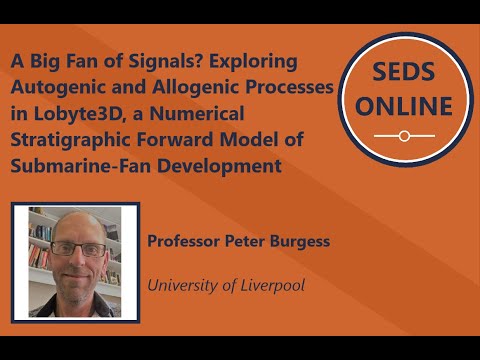Description:
Explore autogenic and allogenic processes in deep-water fan systems through a comprehensive lecture by Professor Peter Burgess from the University of Liverpool. Dive into the complexities of stratigraphic signals, learning how to distinguish between external forcing and internal system dynamics. Utilize the Lobyte3D numerical model to conduct experiments on signal preservation in sedimentary records. Analyze synthetic seismic data, spectral analysis, and Monte Carlo methods to understand signal extraction from noise. Investigate the implications for field data collection and interpretation in submarine fan environments. Gain insights into quantitative approaches for deciphering sedimentary records and their significance in reconstructing past tectonic and climatic events.

Exploring Autogenic and Allogenic Processes in Lobyte3D
Add to list
#Science
#Earth Science
#Geology
#Stratigraphy
#Data Science
#Data Analysis
#Quantitative Analysis
#Engineering
#Electrical Engineering
#Signal Processing
#Spectral Analysis
#Sedimentology
#Mathematics
#Applied Mathematics
#Mathematical Modeling
#Numerical Modeling